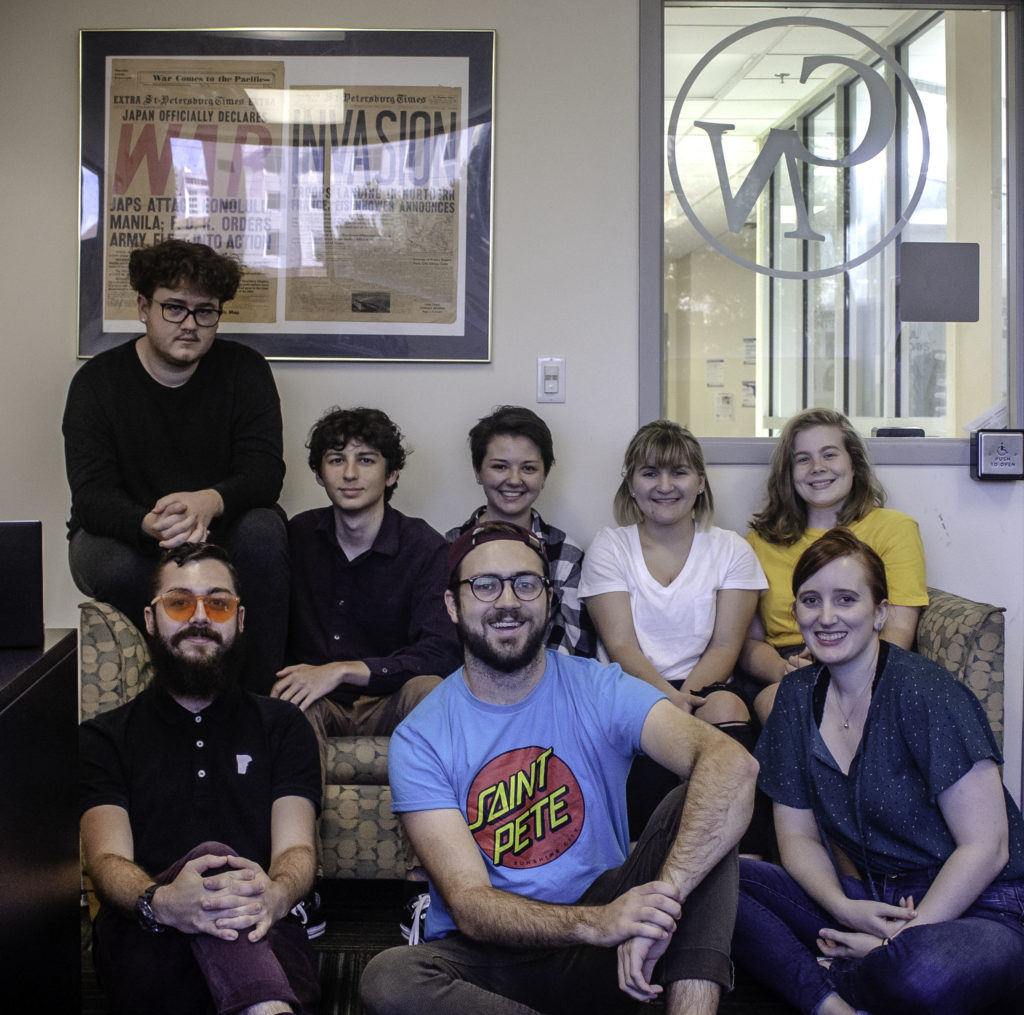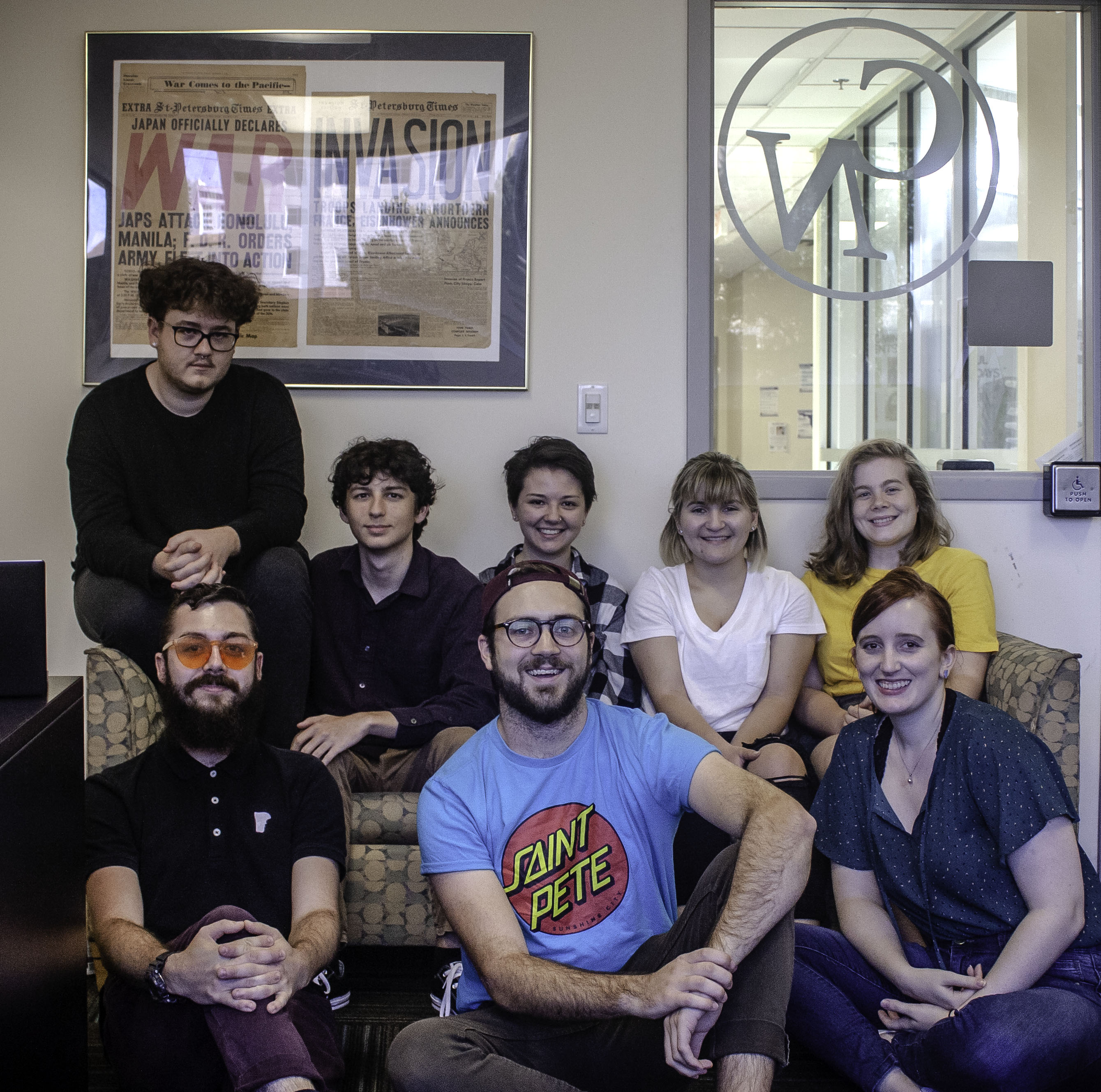
By Crow’s Nest Staff
When consolidation planners last year haphazardly recommended merging USF’s two student publications — The Crow’s Nest and The Oracle — the backlash was almost instantaneous.
Editors on the St. Petersburg campus called it a “recipe for chaos,” while Tampa editors called it “ludicrous.”
Journalism faculty on both campuses said it would undermine success.
And alumni feared it would cause a drop in both student involvement and the quality of content.
Now, the language in the proposal is different, but still short-sighted. It calls for the exploration of an online-only publication, followed by a collaboration between the two papers to serve the consolidated USF campuses.
By 2023, consolidation planners call for further research by student involvement staff into whether a “consolidated structure” is necessary.
But where do the newspapers fit into all of this? Why is the department of student involvement charged with the task of consolidating papers that don’t need, or want, to be consolidated?
As the July 1 consolidation deadline looms near, it’s important to remind our higher-ups where we stand: Obscuring the language and extending the time frame in the consolidation plan doesn’t change its meaning.
While there are benefits to an online-only publication — such as cost reduction, environmental impacts and student access — we should not ignore the role our newspaper has played on the St. Petersburg campus since its first publication 50 years ago as The Bay Campus Bulletin.
The paper serves as a physical representation of the school, something visitors can flip through to understand our campus’ culture. And publishing the news in print gives journalism students an opportunity to practice how other publications work, where print is the most lucrative medium.
Physical printing drives active discussion about campus and community news. This is in sharp contrast to the proposition of pushing the publication into a corner of the Internet, where only truly determined readers would find it.
The Crow’s Nest publishes every Monday, with a weekly circulation of 500 copies and frequent updates to its website. This year, the paper has an operating budget of $40,255.80 — a 23 percent cut from last year.
The budget — which is funded by Activities and Services fees and allocated by Student Government — covers the cost of printing, salaries of 10 staff members, and other expenses.
If a “uniform” A&S fee is implemented, that could only mean a greater financial burden on the smaller campuses.
Even as our circulation declines under budget cuts, it’s evident that our paper still has many readers — whether they’re students, faculty, visiting community members or prospective students. Newsstands on campus are nearly emptied every week.
With a campus only a fraction of the size of Tampa’s in both acreage and population, we tackle issues that just aren’t pertinent 35 miles away. Tampa has different student organizations, events, and facilities. The communities surrounding the campuses are distinct.
Students who live in downtown St. Petersburg don’t necessarily care about a debate club meeting on the Tampa campus, whereas students in Tampa would have little interest in reading about a puppy yoga class at the St. Pete campus.
As the journalism industry continues to struggle, now is the time to advocate for the students who keep the USF community informed.
If preserving the identities of each campus remains a top priority — and to state legislators, it does — consolidation planners should start by leaving the campus papers alone.



